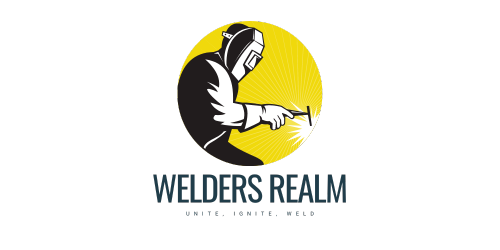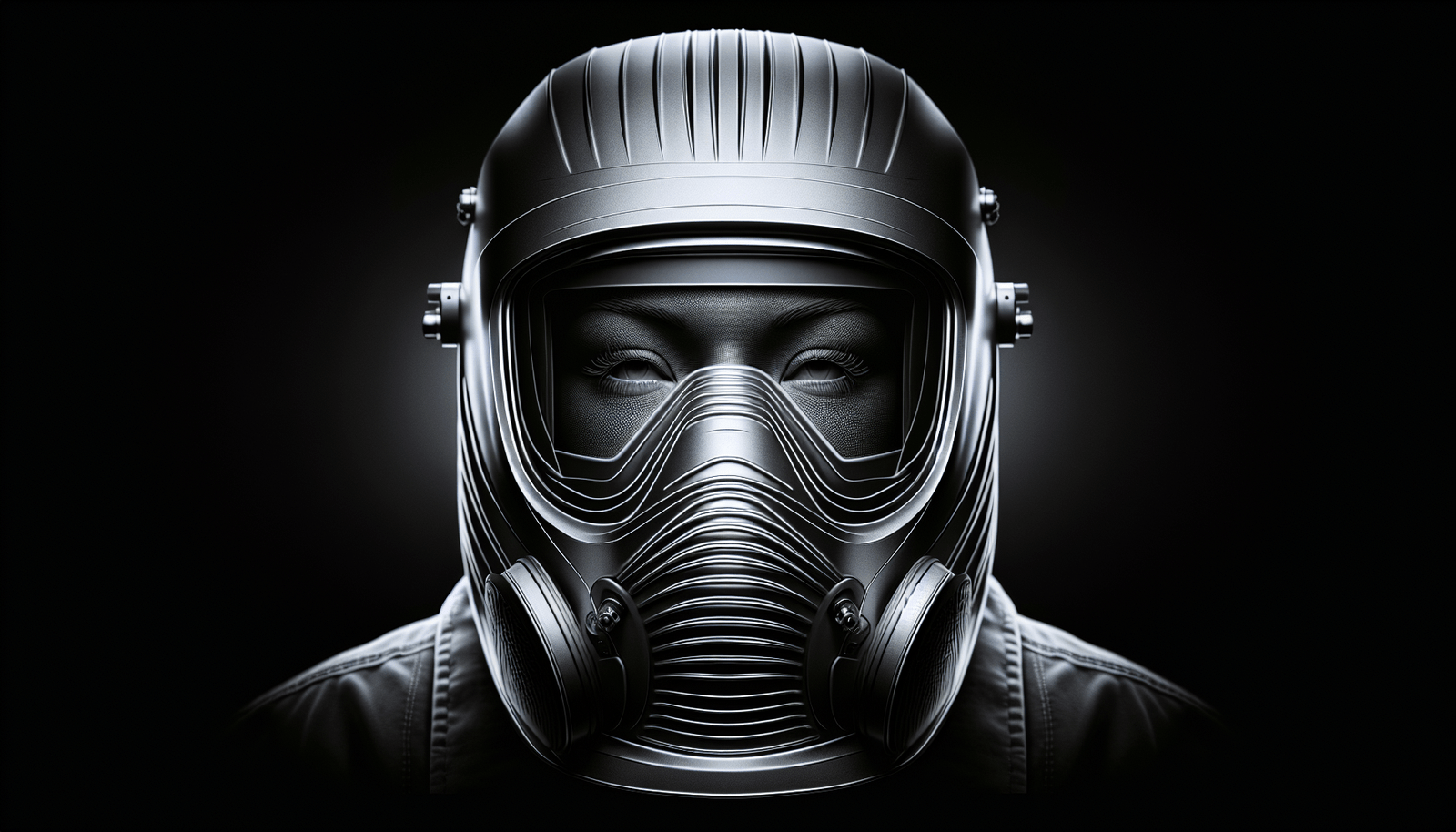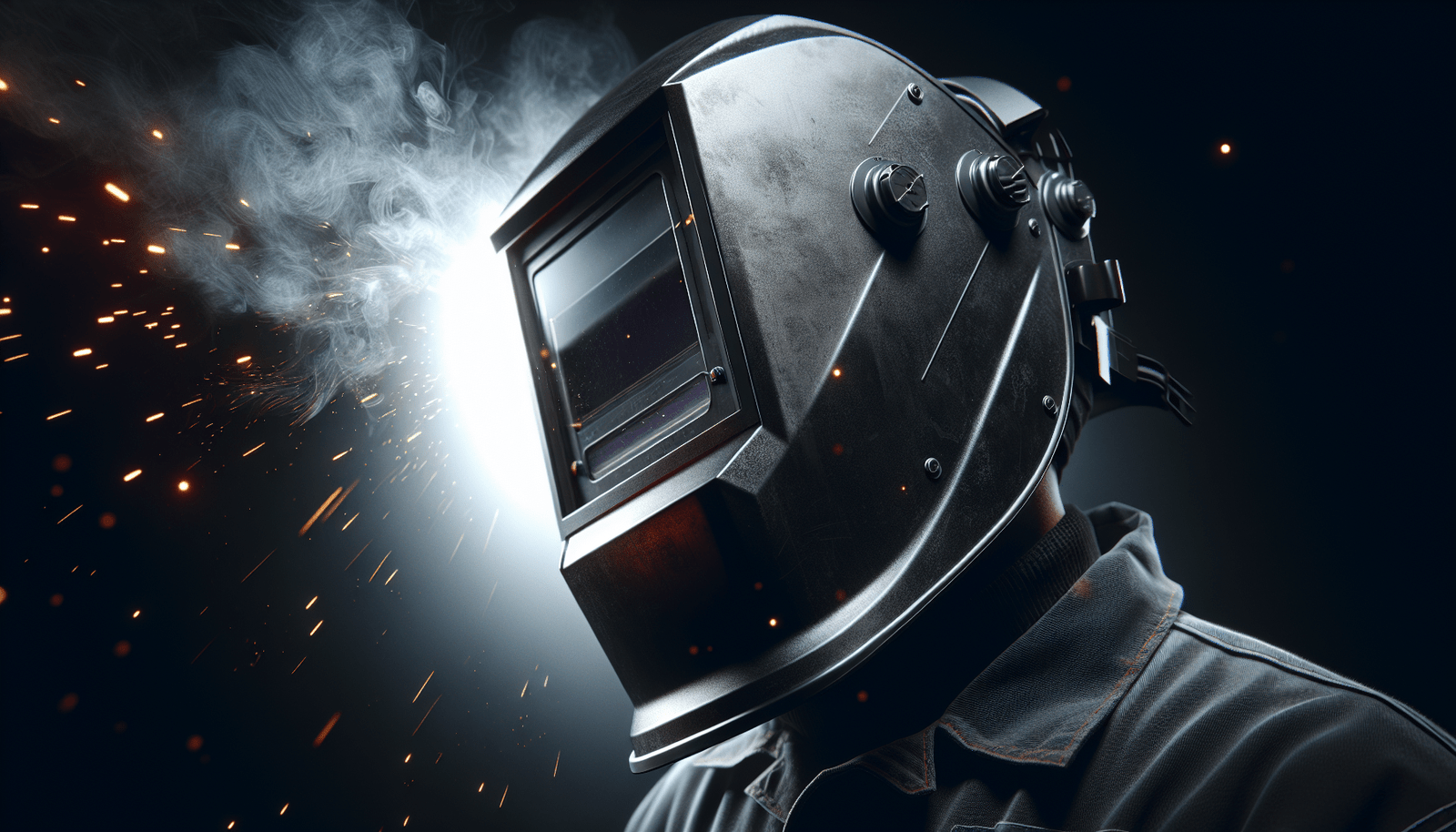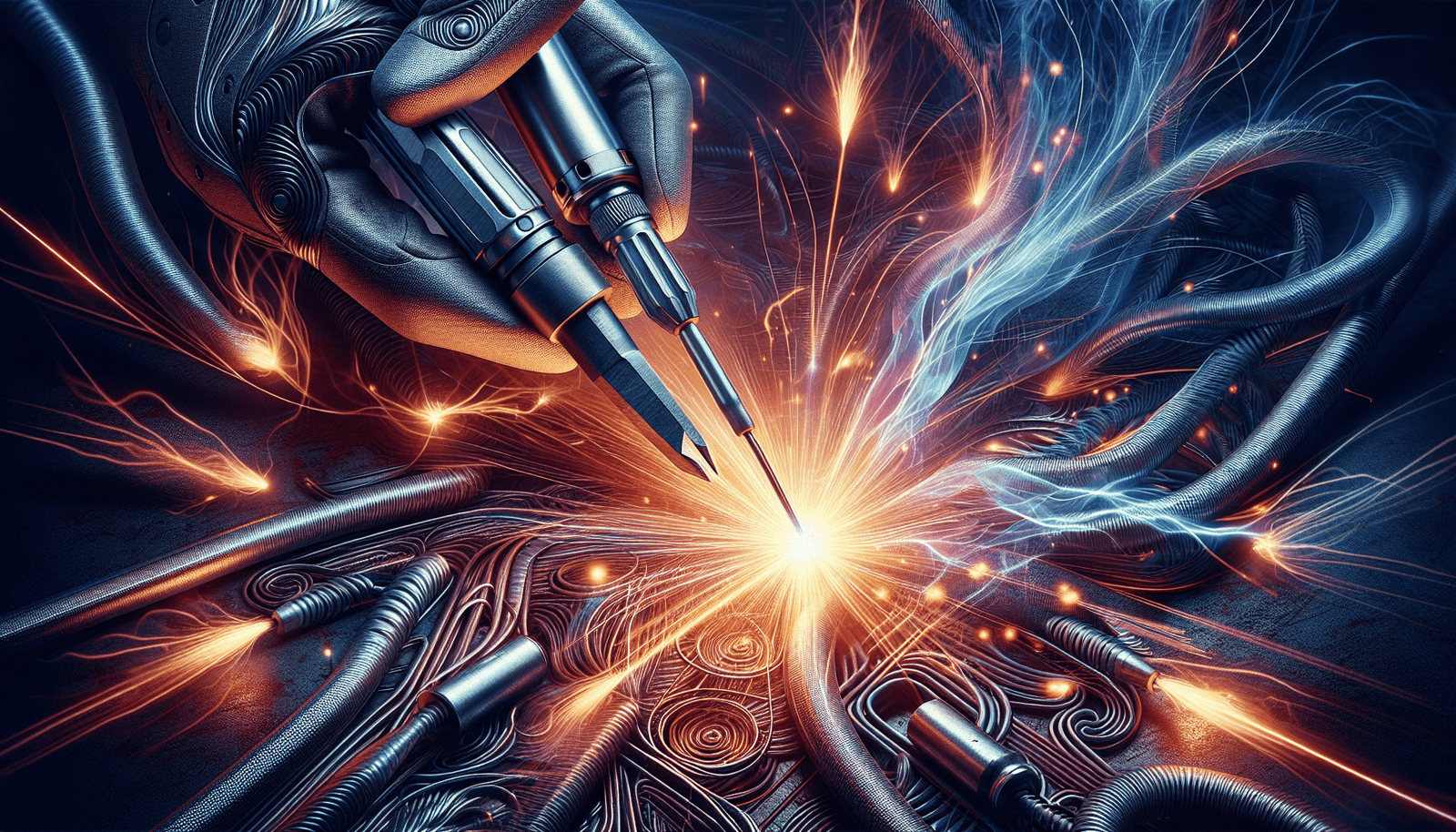If you’re a welding professional or someone who works in close proximity to welding activities, then you’re probably well aware of the hazards that come along with it. One of the most significant dangers is the inhalation of harmful fumes and particles generated during the welding process. That’s where welding respirators come into play. These specialized masks are designed to protect you from the potentially harmful effects of welding fumes and provide you with a safe working environment. But with various options available in the market, how do you choose the best one? In this article, we’ll explore the importance of welding respirators and provide you with some key factors to consider when selecting the right one for your needs. So let’s dive in and ensure your safety is taken care of!
Understanding the Importance of Welding Respirators
Welding is an essential process in a variety of industries, but it also comes with its fair share of risks. One such risk is exposure to harmful fumes and gases that are released during the welding process. This is where welding respirators come into play. A welding respirator is a crucial piece of safety equipment that helps protect welders from the hazards associated with welding. In this article, we will delve into the importance of welding respirators, the hazards of welding without them, legal obligations and safety standards, different types of welding respirators, components of a quality welding respirator, factors to consider when choosing the best one, selecting the right respirator filter, best practices for using and maintaining welding respirators, and top-rated welding respirators in the market. By the end of this article, you will have a comprehensive understanding of the significance of welding respirators and how to choose the best one for your needs.
Defining a Welding Respirator
Before we dive deeper into the topic, let’s first define what a welding respirator is. A welding respirator is a protective device that covers the nose and mouth area of the welder and filters out harmful airborne particles, fumes, and gases. It is designed to provide clean and breathable air to the welder while they work, thus minimizing their exposure to hazardous substances.
The Role of a Welding Respirator in Protecting a Welder
Now that we know what a welding respirator is, let’s explore its role in protecting a welder. Welding involves the use of heat and various types of metals, which can generate fumes and gases that are detrimental to human health. The welding respirator acts as a barrier between the welder’s respiratory system and these harmful substances. It filters out the toxic particles and ensures that the welder breathes in clean air. By doing so, it significantly reduces the risk of respiratory illnesses and other adverse health effects associated with welding.
Hazards of Welding Without Respirators
Exposure to Harmful Fumes and Gases
Welding without proper respiratory protection can expose welders to a wide range of harmful fumes and gases. These hazardous substances can include heavy metals such as lead, zinc, and cadmium, as well as toxic gases like nitrogen dioxide and ozone. Prolonged exposure to these substances can result in various health issues, ranging from respiratory problems to systemic poisoning.
Risk of Lung Diseases
Respiratory illnesses are a significant concern for welders who work without proper respiratory protection. Conditions such as welding-induced asthma, bronchitis, and lung cancer have been linked to long-term exposure to welding fumes. These diseases can have severe repercussions on a welder’s health and quality of life, not to mention the financial burden they may impose.
Impact on Overall Health
Welding without respirators can also have a broader impact on a welder’s overall health. The toxic fumes and gases released during welding can not only damage the respiratory system but also affect other organs and bodily functions. Welders may experience symptoms such as headaches, nausea, dizziness, and fatigue as a result of exposure to these harmful substances. In the long run, this can lead to chronic health issues and a decreased ability to perform physically demanding tasks.
Legal Obligations and Safety Standards for Welding Respirators
OSHA Standards for Respiratory Protection
The Occupational Safety and Health Administration (OSHA), a regulatory agency in the United States, has set standards for respiratory protection in the workplace, including welding environments. According to OSHA’s regulations, employers are required to provide their employees with appropriate respiratory protection when they are exposed to hazardous substances, such as welding fumes and gases. This includes ensuring that welding respirators are available and properly used by welders.
Liability of Employers in Ensuring Safety
Employers have a legal obligation to prioritize the safety and well-being of their employees, including welders. They are responsible for providing a safe working environment, which includes supplying appropriate respiratory protection. Failure to comply with safety regulations can result in legal consequences for employers, as well as jeopardize the health and safety of their workers.
Different Types of Welding Respirators
Air-Purifying Respirators
One common type of welding respirator is the air-purifying respirator (APR). APRs use filters to remove harmful particles, fumes, and gases from the air before it is inhaled by the welder. These respirators can either be powered or non-powered. Powered APRs utilize a motorized fan to draw air through the filters, while non-powered APRs rely on the wearer’s breathing to pull air through the filters.
Supplied Air Respirators
Supplied air respirators (SARs), also known as airline respirators, provide clean air to the welder through a hose connected to a clean air source. The air is supplied from a remote source, such as a compressor or a clean air tank, and is delivered to the welder’s helmet or facepiece. SARs are especially useful when working in confined spaces or environments with high levels of contaminants.
Full Face and Half Face Respirators
Welding respirators can also be categorized based on the coverage they provide. Full face respirators cover the entire face, including the eyes, while half face respirators only cover the mouth and nose area. The choice between full face and half face respirators depends on the specific requirements of the welding job and the level of protection needed.
Components of a Quality Welding Respirator
Filtering Properties
One of the most crucial components of a quality welding respirator is its filtering ability. The filters used in the respirator should be capable of effectively capturing and removing the specific particles, fumes, and gases present in the welding environment. It is important to choose filters that are designed for welding applications and have the appropriate rating for the specific hazards involved.
Comfort and Fit
Another essential aspect of a welding respirator is its comfort and fit. A respirator that is uncomfortable or does not fit properly can significantly hinder a welder’s productivity and compromise their safety. The respirator should have adjustable straps and a good seal around the face to ensure a secure and comfortable fit. It should also be lightweight and designed to minimize heat build-up and moisture inside the respirator.
Ease of Cleaning and Maintenance
A quality welding respirator should be easy to clean and maintain. Welding environments can be dirty and demanding, so it is crucial to choose a respirator that can withstand these conditions and be easily cleaned after use. Additionally, the respirator should have replaceable filters and parts, as filters need to be regularly replaced to ensure optimum protection.
Factors to Consider When Choosing the Best Welding Respirator
Nature of the Welding Job
When selecting a welding respirator, it is important to consider the nature of the welding job. Different welding processes and environments may require different levels of respiratory protection. For example, if you are performing MIG welding in a well-ventilated area, a lower level of respiratory protection may be sufficient. On the other hand, if you are performing TIG welding in a confined space, you may need a higher level of protection.
Duration of Welding Activity
The duration of the welding activity is another factor to consider when choosing a welding respirator. If you will be welding for extended periods, you may want to opt for a respirator with a higher level of comfort, such as one with a powered air-purifying system. This can help reduce the strain on your respiratory system and minimize fatigue during long welding sessions.
Personal Comfort and Preference
Personal comfort and preference should also be taken into account when selecting a welding respirator. Everyone’s face shape and size are unique, so it is important to try on different respirator models to find one that fits well and feels comfortable. Some welders may prefer a certain style of respirator, such as a full-face respirator for added eye protection, while others may prefer a half-face respirator for better visibility and ease of communication.
Selecting the Right Respirator Filter
Understanding Filter Ratings
When it comes to choosing the right respirator filter, it is essential to understand filter ratings. Filters are rated based on their effectiveness in removing different types and sizes of particles. The most common rating system used for respirator filters is the National Institute for Occupational Safety and Health (NIOSH) rating. T
he NIOSH rating consists of two parts: the letter designation and the number designation. The letter designation indicates the filter’s resistance to oil, with “N” indicating not resistant to oil, “R” indicating resistant to oil, and “P” indicating oil-proof. The number designation indicates the filter’s efficiency in removing particles, with higher numbers indicating greater efficiency.
Choosing Suitable Filters for Different Welding Environments
The choice of respirator filters should be based on the specific hazards present in the welding environment. Different welding processes and materials can produce different types of fumes and gases. For example, stainless steel welding can generate hexavalent chromium fumes, which require filters specifically rated for chromium. It is vital to consult the manufacturer’s guidelines and refer to the NIOSH ratings to ensure that you are using the appropriate filters for the specific welding environment.
Best Practices for Using and Maintaining Welding Respirators
Proper Usage of Respirators
Using welding respirators correctly is crucial to ensure their effectiveness in protecting the welder. Some key practices to follow include:
- Always inspect the respirator before each use for damage or wear.
- Ensure a proper fit by adjusting the straps and performing a user seal check.
- Position the respirator correctly on the face, covering the nose and mouth area completely.
- Follow the manufacturer’s instructions on wearing and using the respirator.
- Avoid touching the front of the respirator while wearing it to prevent contamination.
Cleaning and Storage
Regular cleaning and proper storage of welding respirators are essential for maintaining their performance and longevity. Here are some tips:
- Clean the respirator after each use using mild soap and warm water.
- Rinse and air dry the respirator thoroughly before storing it.
- Store the respirator in a clean and dry area away from contaminants.
- Avoid storing the respirator in extreme temperatures or exposing it to direct sunlight.
When to Replace Filters and Respirators
Filters and respirators have a limited lifespan and need to be replaced periodically to ensure optimal protection. The specific replacement schedule may vary depending on the manufacturer’s recommendations and the level of exposure in the welding environment. Some general guidelines include:
- Replace filters when they become clogged, damaged, or difficult to breathe through.
- Replace respirators when they show signs of wear and tear, such as cracked straps or degraded materials.
- Regularly check for expiration dates on filters and replace them accordingly, even if they have not been visibly damaged.
- Consult the manufacturer’s instructions and guidelines for the recommended replacement schedule.
Top Rated Welding Respirators in the Market
Comparative Review of Top 5 Welding Respirators
When it comes to choosing a welding respirator, it can be overwhelming to navigate through the wide range of options available in the market. To help you make an informed decision, let’s provide a comparative review of the top 5 welding respirators, highlighting their key features, pros, and cons.
- Model A – Key Features:
- Pros:
- Cons:
- Model B – Key Features:
- Pros:
- Cons:
- Model C – Key Features:
- Pros:
- Cons:
- Model D – Key Features:
- Pros:
- Cons:
- Model E – Key Features:
- Pros:
- Cons:
Customer Reviews and Feedback
In addition to conducting our own comparative review, it is important to consider customer reviews and feedback when evaluating the performance and reliability of welding respirators. Customer reviews can provide valuable insights into the real-world experiences of other welders and help you gauge the overall satisfaction with a particular product. Look for reviews that specifically mention the comfort, fit, durability, and effectiveness of the respirators you are considering.
Conclusion: Importance of Investment in Quality Welding Respirators
Investing in a quality welding respirator is crucial for the health and safety of welders. By providing respiratory protection, welding respirators help minimize the risks associated with welding, such as exposure to harmful fumes and gases. They play a vital role in ensuring a healthy and safe workplace environment for welders. When choosing a welding respirator, it is important to consider factors such as the nature of the welding job, the duration of welding activity, and personal comfort and preference. Understanding filter ratings and choosing suitable filters for different welding environments is also essential. Lastly, following best practices for using and maintaining welding respirators, as well as considering top-rated options and customer reviews, can help you make a well-informed decision. Remember, the investment in a quality welding respirator is a small price to pay for the long-term well-being and safety of yourself or your employees. Protecting your respiratory health is a crucial step towards ensuring a healthy and productive welding career.




